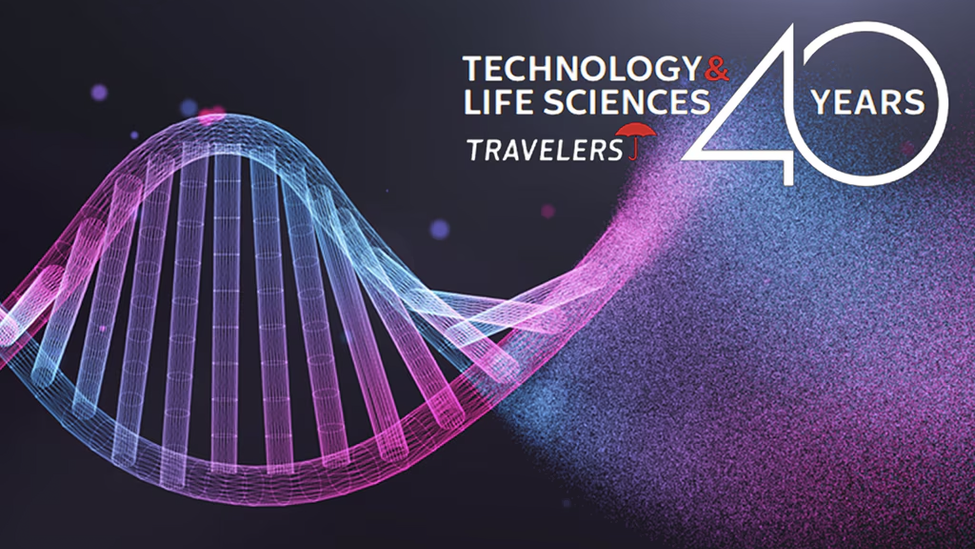Regulation Innovation


Global recovery will require nations to mine their talent and come forward with assets that can spur innovation. The UK government’s recent white paper, “Regulations for the Fourth Industrial Revolution,” promoted the UK’s regulatory strength as a key power, saying it protected citizens while enabling citizens to thrive, and helped attract innovation and investment to the UK. Last year, the World Bank ranked the UK ninth among 190 economies for its ease of doing business, and in 2018, the Organisation for Economic Co-operation and Development gave the UK the highest-overall country score for the quality of its regulatory practices.
Indeed, a recent report from Wired about technology innovations to expect in 2020 said the UK’s regulatory approach – between the US’s more laissez-faire style and the EU’s top-down structure – could lay the foundation for innovation in artificial intelligence, much like how it helped the UK become a leader in the fintech sector: “The UK will not be able to compete with the US’s abundance of capital, or China’s market size,” the report said. “But if it stays near the forefront of development, it will be able to guide regulatory frameworks.”
That could serve as a top competitive advantage for the UK. Ian Bremmer, President and Founder of Eurasia Group, a global political risk research and consulting firm, said tech regulation represents Europe’s best hope for resuscitating its geopolitical relevance in the 21st century. The UK is similarly positioned, but post-Brexit, should be able to provide the regulatory agility that the EU cannot.
Regulatory creativity in practice
Early this year, the UK showed evidence of its agility. The UK’s National Security Council made the controversial decision to prevent China’s Huawei from participating as a vendor for the core of its much-awaited 5G networks while allowing it to continue participating as a vendor for equipment outside the core – as long as its share of installation did not exceed 35 percent.
While many Conservative UK ministers and US officials scrutinised the decision for the possibility that it might pose a cybersecurity threat, the decision also represented the potential for the UK to demonstrate its influence. In the regulatory guidelines for 5G that the UK developed as part of its forthcoming Telecoms Security Requirements (TSRs), the UK managed to pave the way for firms to do business while also hedging against the risks they may present. The UK’s main concern in the TSRs, according to a ZDNet report, is to preserve a multi-vendor approach to market regulation, which would, in turn, reduce the chances of a single vendor infiltrating the system on behalf of a nation-state that supports it. In the report, Doug Brake, who directs broadband and spectrum policy for Washington, DC-based Information Technology & Innovation Foundation, said of the UK’s guidance ” I think it’s a very reasonable compromise, based on a pretty detailed technical risk assessment…I think the UK got this one right.”
Nimbly balancing risk assessment and innovation will also be an asset for insurers as they guide businesses through post-pandemic recovery.
“The tech landscape is sure to look a bit different as the world emerges from the pandemic, with a need for new innovations and the reality of new risks to manage,” said Megan Ryan, Development Underwriter at Travelers Europe. “By managing both, we can create an environment in which tech can thrive.”


